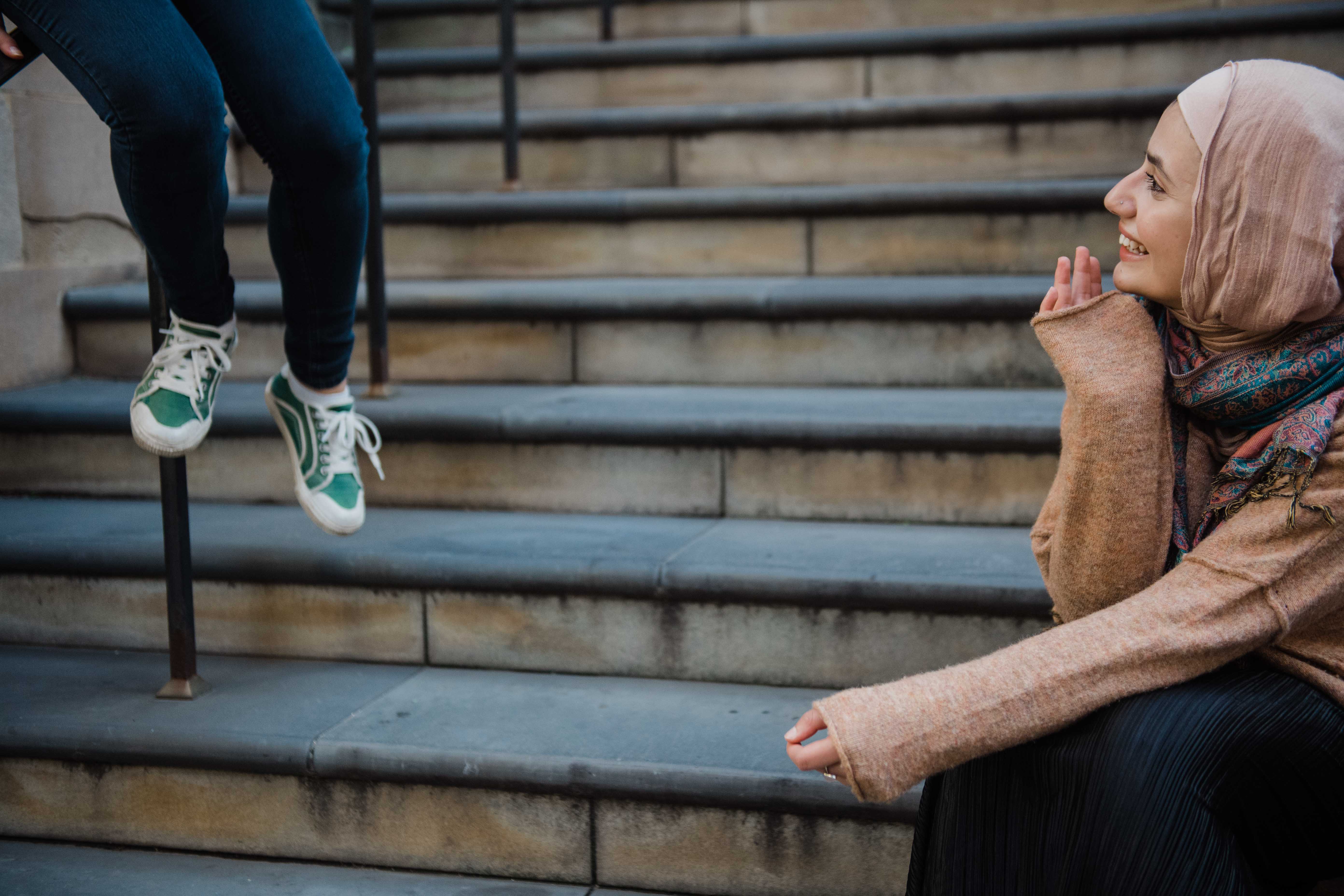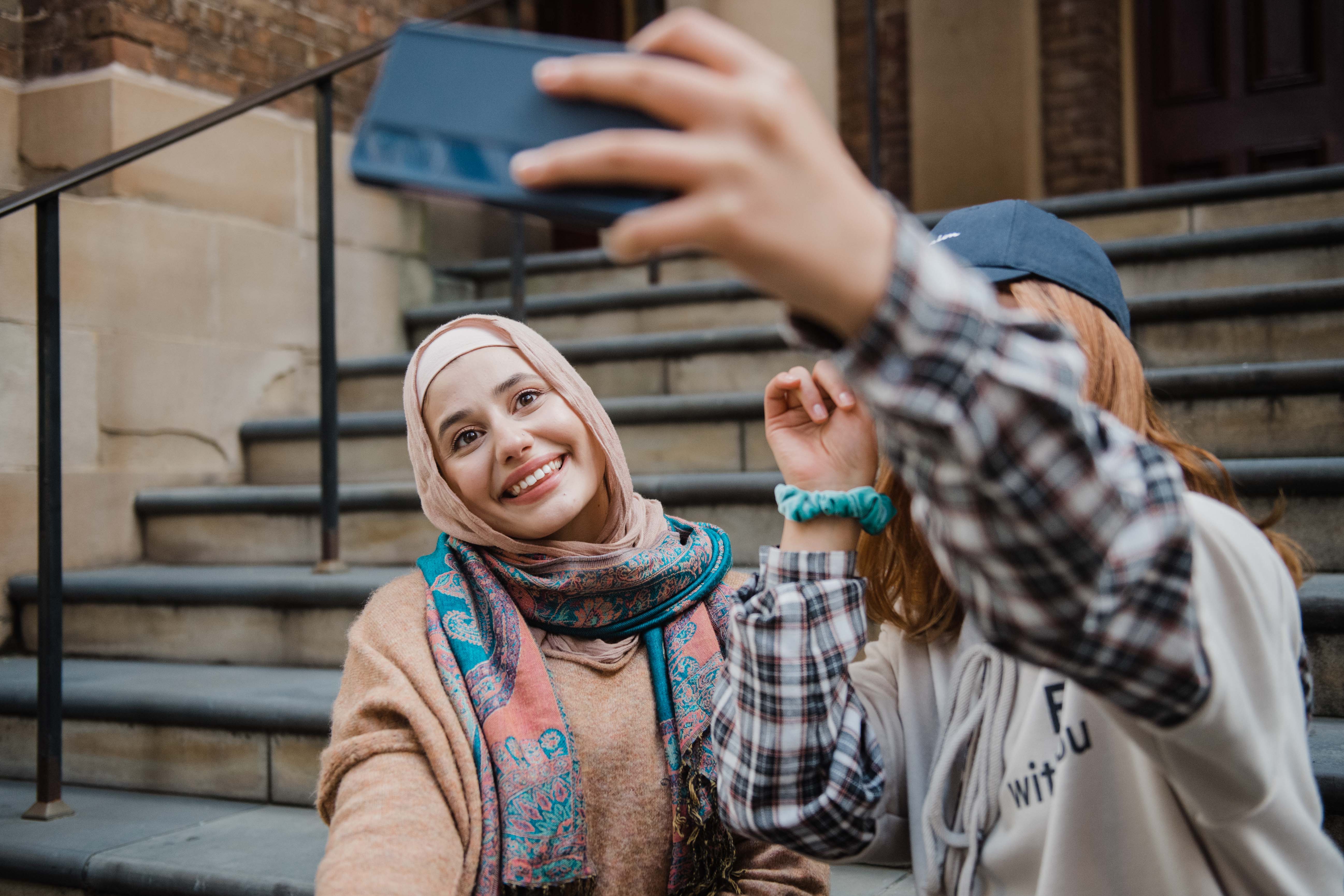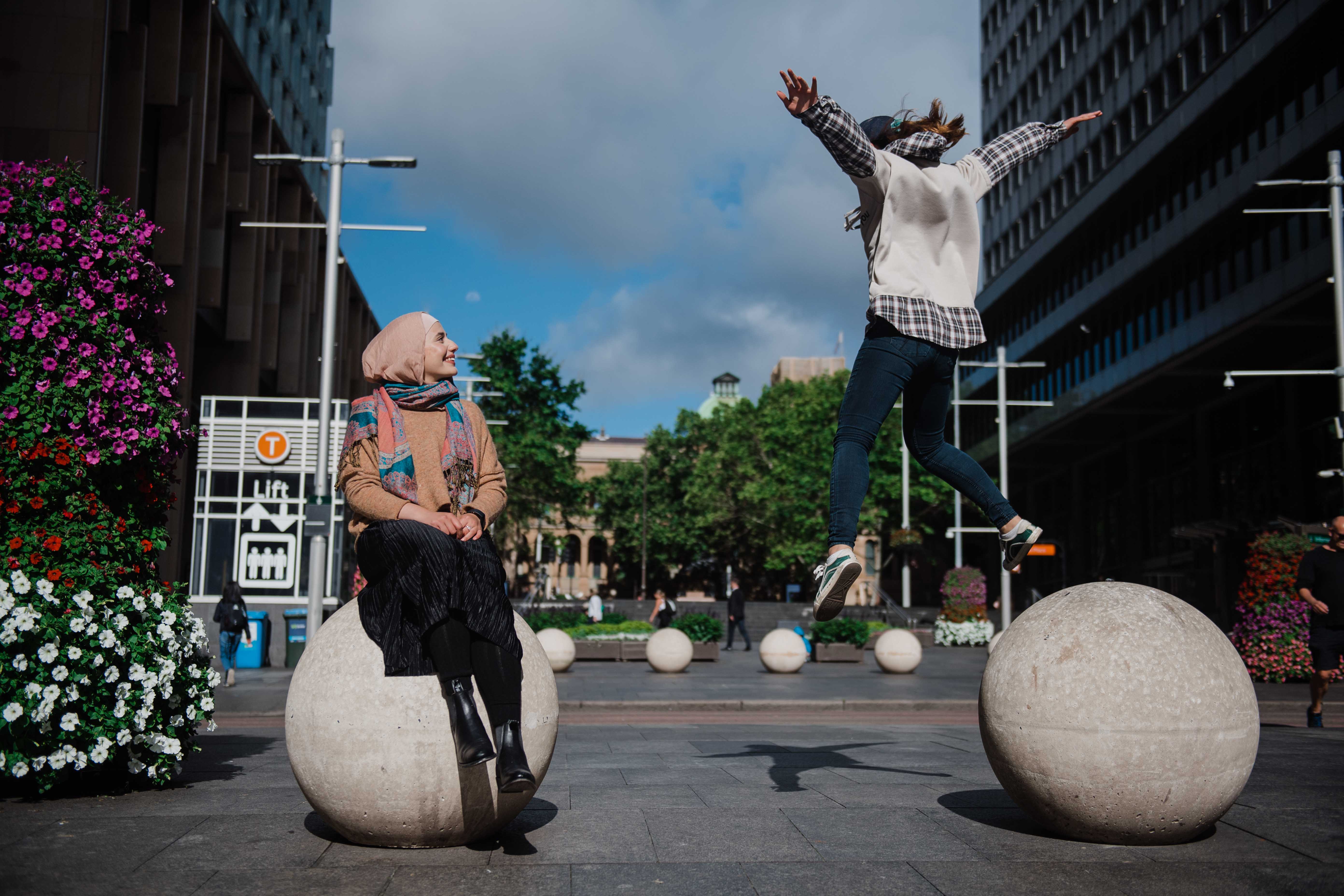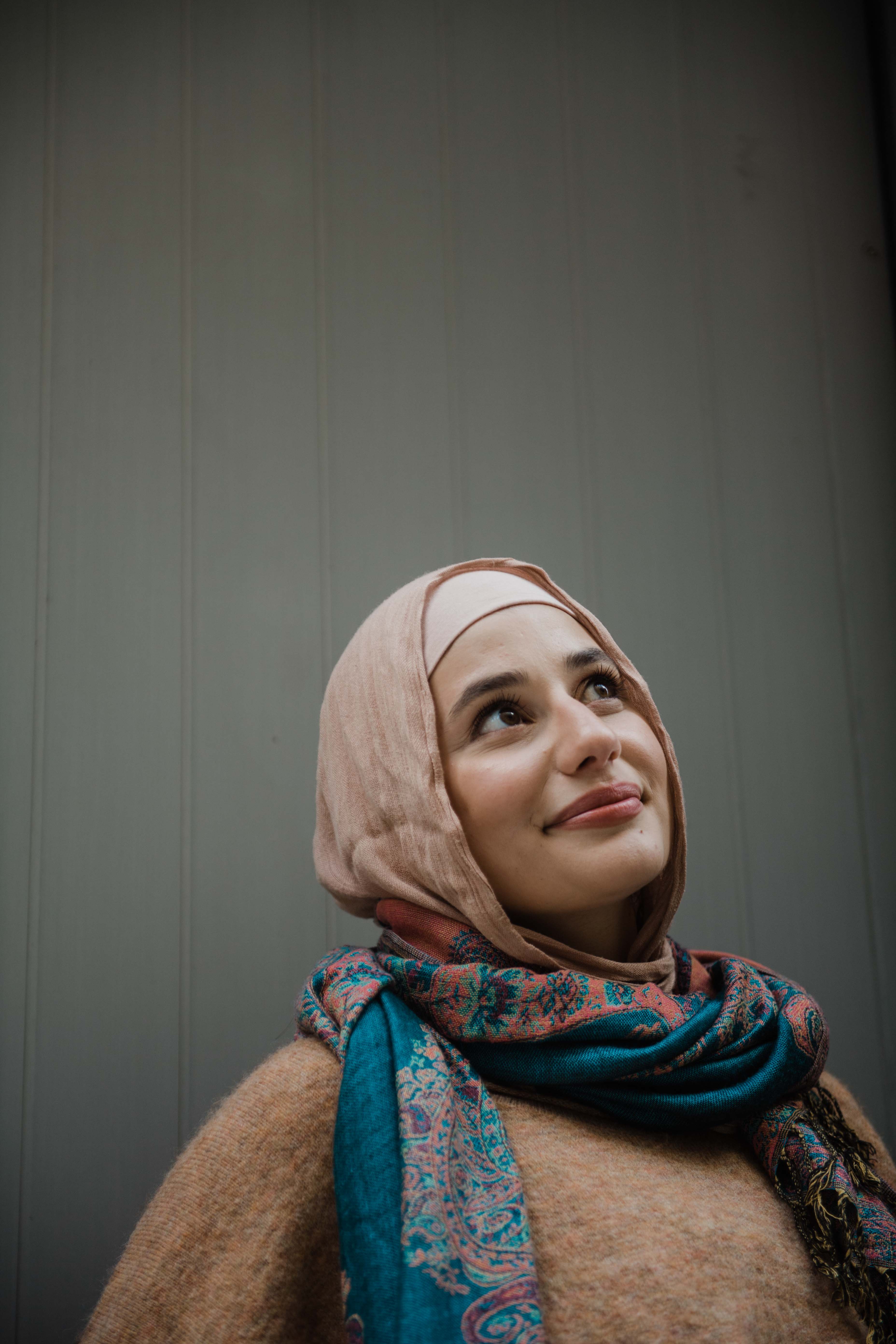Automatic language translation
Our website uses an automatic service to translate our content into different languages. These translations should be used as a guide only. See our Accessibility page for further information.

Hope is the bravest young person I know. Even before she ran away, Hope learned lots of ways to resist the abuse she endured daily from her mum and dad. As I got to know this remarkable young woman, I discovered that for every cruel taunt or assault, Hope found a way to survive. Getting to school as early as possible to evade her parents. Racing home the minute the bell rang to start her chores to avoid being screamed at and belted. Hope did all she could to protect herself.
Looking at the family’s history there were warning signs. Unusual injuries that didn’t match the explanation, worried teachers, the nurse who wondered why Hope’s parents didn’t pick her up from the hospital after a car accident.
The day I met Hope I didn’t take a pen and paper. I wanted her to see me as someone curious about who she was and what had happened to her.
Sometimes the best tool we have as a caseworker is a listening ear. As Hope was telling me her story, I asked her, ‘How did you know how to calm your stepmum down like that?’, ‘How did you protect yourself when your dad hit you?’ I wanted Hope to see her own acts of resistance. To see how clever and resourceful she had been to keep herself alive.

Hope’s stepmum and dad denied all the abuse, just like Hope had warned me they would. The family was like a puzzle that didn’t fit together. On one hand the parents were raising their two younger children together without any concerns, yet they ostracised Hope and scapegoated her for anything that went wrong, doling out cruel punishments for the slightest of missteps.
I consulted with our casework specialist and my manager. We talked in Group Supervision and with the permanency panel. In the end it mattered less about landing on a single version of events, and more about understanding the impact on Hope.
One day Hope looked me straight in the eye and pleaded, ‘Sarah, if you make me go back there, I will kill myself’. I believed her. It really was a matter of life and death.
My colleagues had taken Hope’s lead about seeking safety in culture and found a beautiful Korean foster family for her to stay with while we dealt with some big things. She was safe for the time being, which gave me a chance to research her family. I learned that she had no relatives in Australia, so extended my search to Korea. I looked for Hope’s birth mum, who she hasn’t seen since she was two. Unfortunately I wasn’t able to find the answers Hope was hoping for.

I saw Hope all the time to build our relationship and develop enough trust to help her feel safe and to share. Hope feels most comfortable in the digital world, so we set up a WhatsApp account where she can ask questions and stay in touch. We take loads of photos and selfies and film vlogs for Hope’s life story work, including her dreams for the future and what she would like to tell herself as an adult. Capturing Hope’s moments of strength helps her see she is a person of great value, after years of being told she had none. Two of my most important goals are to create hope in the incredible future I see for Hope and help her see it too.
When Hope’s family relinquished care, I needed to find other ways to create a sense of belonging. School has always been a safe space for Hope, so we explored options until she chose to live in a suburb with a strong Korean community and a good school nearby. I saw Hope’s connection to her culture as critical to her sense of identity.
I may not have been able to find family, but community is a powerful safety net to catch young people if they stumble. As a multicultural caseworker, this resonates deeply in my heart.

I reached out to a Korean caseworker to support Hope’s cultural planning. The three of us shared a meal. We decided on Lebanese food because Hope enjoys different cuisines and she’d taught me so much about her culture, it was my turn to share some of mine. Together we ate and laughed and made a plan that outlined the important things that would set Hope up for a future where she felt confident in who she is and where she came from
Wraparound services are helping Hope heal from the past and she remains very close to her foster carers. Hope wasn’t able to live with them forever, but they are now part of a strong network of people who love and care for her including close friends at work and youth group. She still drops by her old carers for her favourite Korean dishes, to speak Korean together and to share cultural celebrations with the family. I know how harmful loneliness can be for young people in care, so I love that I can hardly keep up with all the names of her friends now!
What I say and how I interact with Hope is important, but what I write will live forever on her records. When I make notes I have an audience of one in my mind – Hope. If one day she chooses to read them, I want Hope to know that I respect and care for her, that I did all I could to give her a voice and keep her safe.
When I include the challenges Hope faced, I always describe how she used her strengths to get through them. These accounts are a chronicle of her tenacity and a testament to her survival.
They are the story of what she has overcome. Now Hope can write the next chapters. I know they will be extraordinary, because she already is.
03 May 2023